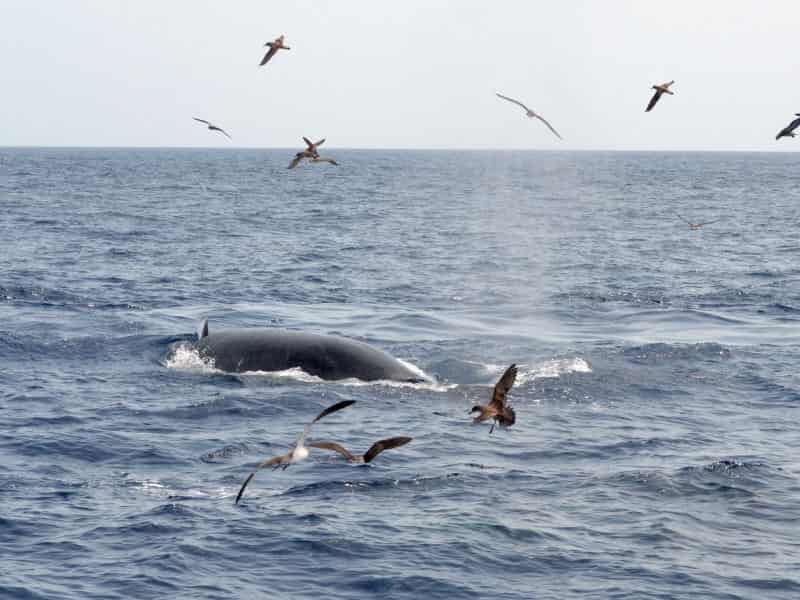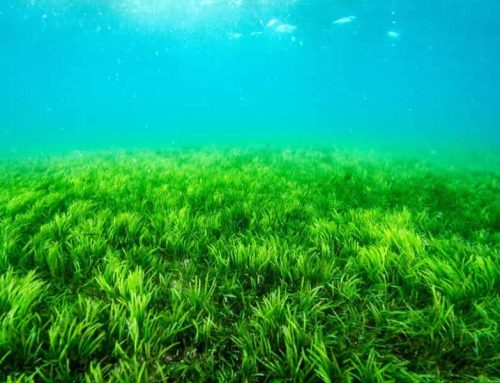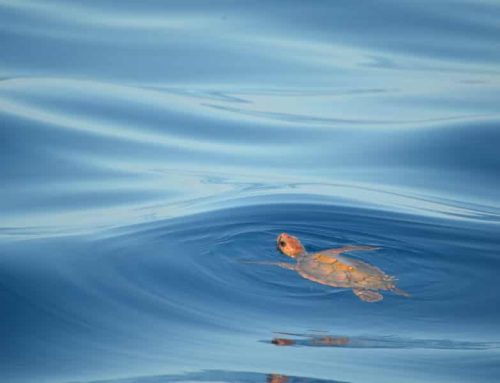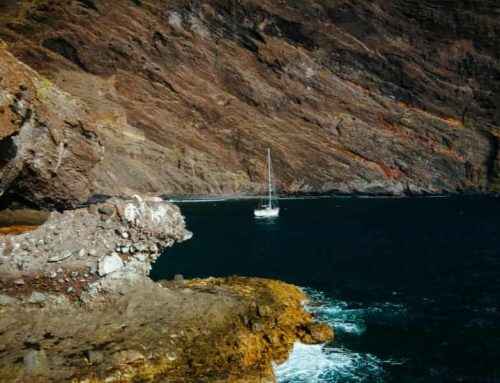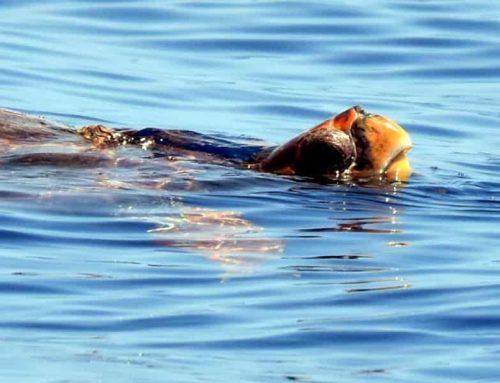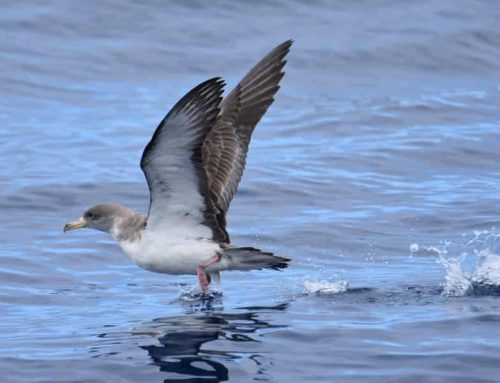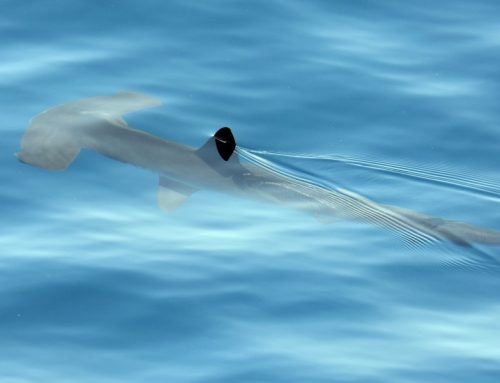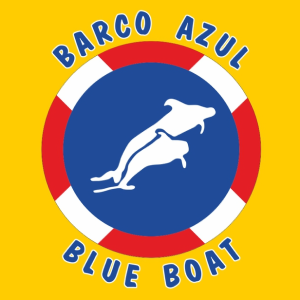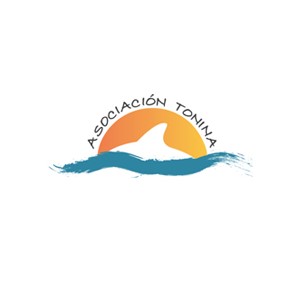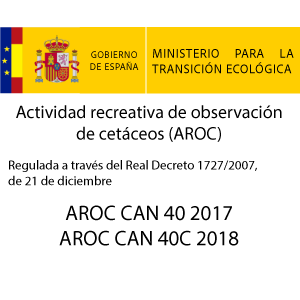Fauna of the Canary Islands
Committed to all quality standards.
The Canary Islands give the ideal conditions for a great diversity of marine species to thrive in its surrounding seas. At least 500 varieties of fish, 5 species of marine turtles and 80 of sea mammals can be found there.
The characteristics and conditions of the sea around these beautiful islands make the perfect environment for a great wealth of fauna and flora. That’s one of the reasons Canary Islands are such a rich and idyllic natural place.
A chance not to be missed
Visiting the Canary Islands means not only enjoying beautiful weather and gorgeous beaches, it is living the experience of watching cetaceans in Tenerife and other no less fascinating marine species as well.
There are quite a lot of times when marine mammals such as whales and dolphins can be seen in groups near the coast. On certain occasions, tourists can also see killer whales, pilot whales and sperm whales.
Other species can usually be seen in these seas, such as the loggerhead or Caretta turtle, which is in serious risk of extinction. Among the so-called articulated leg marine arthropods, a wide variety of crabs can be found, such as the Moorish crab, the white crab, the short-antennae lobster, the spiny lobster and several species of prawns.
One of the most common cetaceans in the Canary Islands sea is the sperm whale. This huge mammal has the largest brain compared to any animal on the planet and adults can weigh up to 55 metric tons. Unfortunately, it’s among the many endangered species today, despite all the care measurements carried out by ecologists and marine species protection groups.
Likewise, one of the most common species that can be seen in the Canary Islands is the bottlenose dolphin, with its characteristic dark gray color. It can be 8 to 11 inches long, and usually feeds on cephalopods and some species of small fish.
Spotting dolphins as well as any other large marine animals in Tenerife is an opportunity not to be missed if you visit the islands. This can be done while enjoying a boat ride across the fresh and salty sea breeze on a sunny day.
Vacation time won’t be enough to make the most of the experience of fully knowing these islands of incomparable beauty that are the natural habitat of thousands of marine and terrestrial species.
A lot to see anytime, anywhere
Getting to know the fauna of the Canary Islands, both marine and terrestrial, is an enlightening experience. Its diversity and quantity are so great that spotting whales in Tenerife won’t be enough for the enthusiast tourist, anyone will want to also see dolphins, turtles and other species as well.
For instance, the pilot whale, with its almost 25 ft long, can be seen in the sector known as the Acantilado de los Gigantes (Giants’ Cliff). Forming a large group of up to 500 specimens, in the waters between the islands of La Gomera and Tenerife, they become a common attraction for divers and tourists.
Other species, although riskier for humans, cannot be dismissed. The hammerhead shark, measuring up to 20 ft and weighing around a ton, is very common in the area of La Gomera, Gran Canaria and particularly in Tenerife.
In the Canary Islands sea, it is also frequent to see rays, a species of the family of so-called cartilaginous fish. Another specimen of interest is the ratfish, whose dorsal spines are capable of creating intense electrical discharges, so safety distance must be kept.
Jellyfish and urchins are other marine species that usually attracts tourists, but must be observed with caution. Apart from that, the entire seascape of the Canary Islands is almost infinite and will be a great experience to those who love marine adventures.
Back to dolphins, it is not rare to have close encounters with those friendly cetaceans. And that’s because there has been a great interaction between humans and them since long time ago. In general, they not only got accustomed to divers and boats, but usually show as much interest in human beings as tourists have in them.
These adorable animals have extraordinary communication skills so they usually interact with people who get close to see them. And in very specific places in the Canary Islands, tourists can even spot dolphins. That’s why those approaching sea trips are highly requested by visitors in the Canary Island sea.
Dolphins are one of the most intelligent species in the world, and seeing them in their natural habitat is an unforgettable experience.
